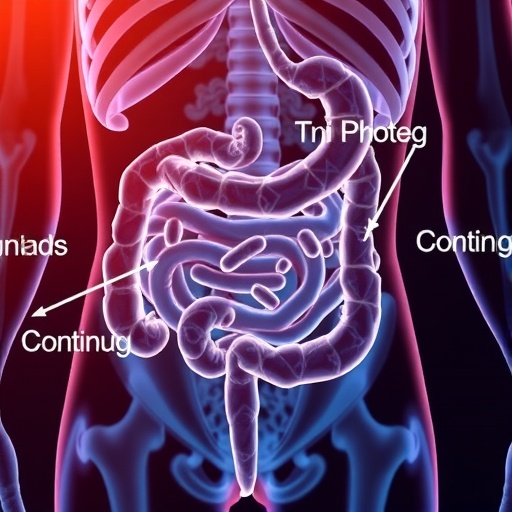- Cultivating purpose in life could be drug-free strategy to improve sleep
- Findings similar in whites and African Americans
- Older adults have more insomnia and sleep disturbances
CHICAGO — Having a good reason to get out of bed in the morning means you are more likely to sleep better at night with less sleep apnea and restless leg syndrome, reports a new Northwestern Medicine and Rush University Medical Center study based on older adults.
This is the first study to show having a purpose in life specifically results in fewer sleep disturbances and improved sleep quality and over a long period of time. Previous research showed having a purpose in life generally improves overall sleep when measured at a single point in time.
Although the participants in the study were older, researchers said the findings are likely applicable to the broader public.
"Helping people cultivate a purpose in life could be an effective drug-free strategy to improve sleep quality, particularly for a population that is facing more insomnia," said senior author Jason Ong, an associate professor of neurology at Northwestern University Feinberg School of Medicine. "Purpose in life is something that can be cultivated and enhanced through mindfulness therapies."
The paper will be published Sunday, July 9, in the journal Sleep Science and Practice.
Individuals have more sleep disturbances and insomnia as they get older. Clinicians prefer to use non-drug interventions to improve patients' sleep, a practice now recommended by the American College of Physicians as a first line treatment for insomnia, Ong said.
The next step in the research should be to study the use of mindfulness-based therapies to target purpose in life and resulting sleep quality, said Arlener Turner, the study's first author and a former postdoctoral fellow in neurology at Feinberg.
The 823 participants — non-demented individuals 60 to 100 years old with an average age of 79 — were from two cohorts at Rush University Medical Center. More than half were African American and 77 percent were female.
People who felt their lives had meaning were 63 percent less likely to have sleep apnea and 52 percent less likely to have restless leg syndrome. They also had moderately better sleep quality, a global measure of sleep disturbance.
For the study, participants answered a 10-question survey on purpose in life and a 32-question survey on sleep. For the purpose in life survey, they were asked to rate their response to such statements as, "I feel good when I think of what I've done in the past and what I hope to do in the future."
The next step in the research should be to study the use of mindfulness-based therapies to target purpose in life and resulting sleep quality, Turner said.
Poor sleep quality is related to having trouble falling asleep, staying asleep and feeling sleepy during the day. Sleep apnea is a common disorder that increases with age in which a person has shallow breathing or pauses in breathing during sleep several times per hour. This disruption often makes a person feel unrefreshed upon waking up and excessively sleepy during the day.
Restless leg syndrome causes uncomfortable sensations in the legs and an irresistible urge to move them. Symptoms commonly occur in the late afternoon or evening hours and are often most severe at night when a person is resting, such as sitting or lying in bed.
###
This research was supported by grants R01AG22018, P30G10161, R01AG17917, P20MD6886 from National Institute on Aging of the National Institutes of Health and the Illinois department of public health. The cohorts were from the Minority Aging Research Study and the Rush Memory and Aging Project.
More News at Northwestern Now
Media Contact
Marla Paul
[email protected]
@northwesternu
http://www.northwestern.edu




